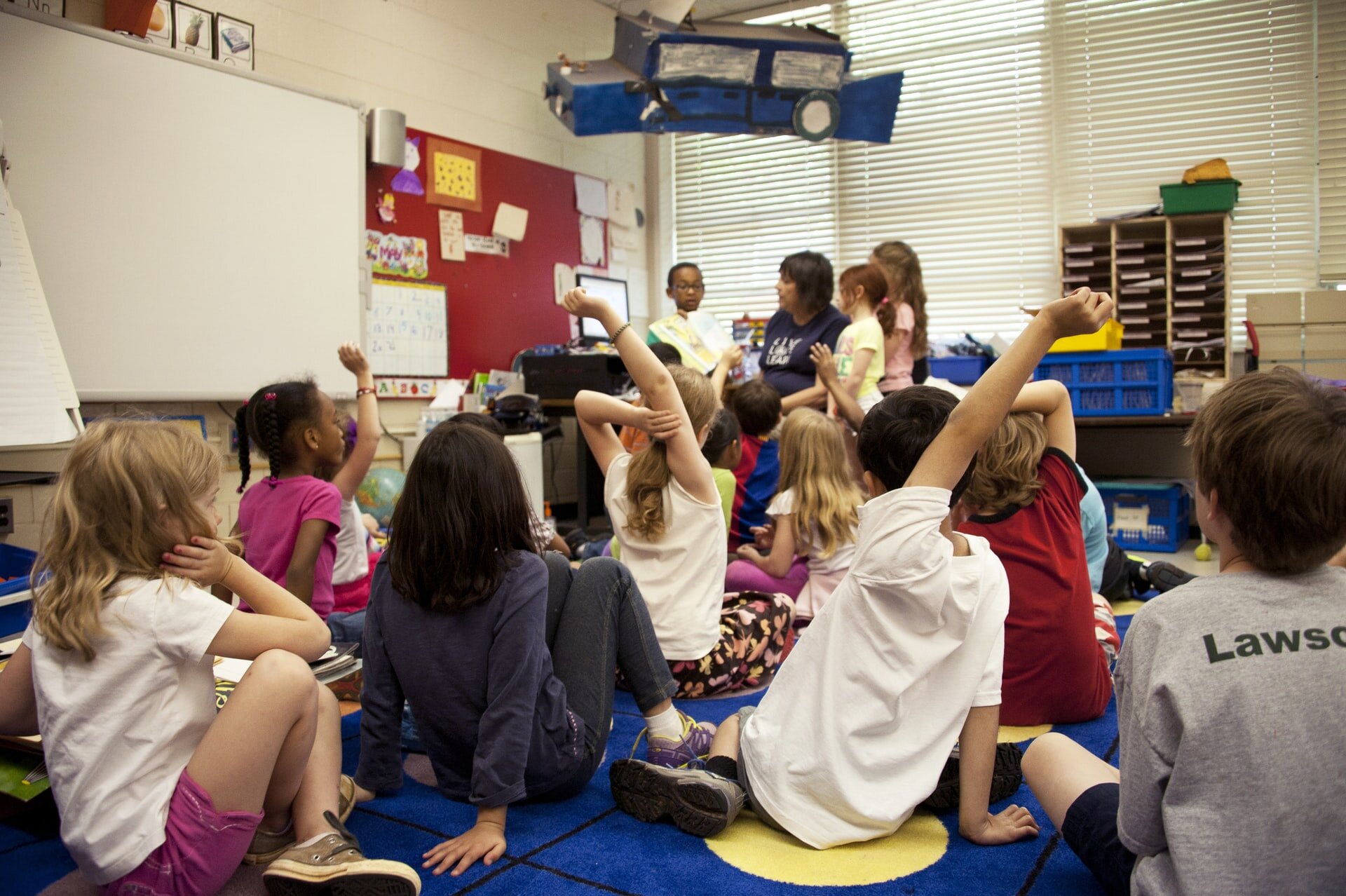Accommodations for Students with ADHD
Children with attention-deficit/hyperactivity disorder (ADHD) may experience obstacles in their path to success in school. The symptoms of ADHD such as inability to pay attention, difficulty sitting still, and difficulty controlling impulses can make it hard for children with this diagnosis to do well in school, in different activities and even in life. It is important that these students have supports in place so they can experience success and a desire to keep learning. The list of appropriate supports will be different for different students and situations. It may take some time to try them out and see what words for the individual student.
Support for Behavioral Needs of Students with ADHD
If a student struggles with behavior, it is important for teachers to encourage positive behaviors in the classroom. Having students engaged in learning or activities they connect to is also very important. Some accommodations that may be helpful for classroom behavior are:
A sticky note on the desk with a word or phrase to help them to focus
A hand signal (agreed upon with the student in advance) to get the student’s attention and indicate the need for taking a break or making a different choice.
Regular one on one check-ins to develop a positive relationship are also encouraged. Frequent check-ins are important because this also allows you to monitor a student’s “emotional temperature” or frustration level. When this is done, you can sometimes stop a problem before it starts.
These activities work for all age groups. It may take some trial and error to find what works for your student!
It is important that students with ADHD have supports in place so they can experience success and a desire to keep learning.
Support for ADHD: Increasing Positive Communications
Having frequent positive communication with students who have ADHD is important as well. Following are some ideas and strategies to increase positive communication:
Giving frequent feedback and attention to positive student behavior. Communicate to students they are doing well or that they made a good decision.
Be sensitive to students when working with any learner. Students with ADHD can sometimes be emotional. They may even have self-esteem issues or difficulty regulating their feelings.
Never put a student down. Be firm, but kind and respectful when communicating your concerns to your student.
Provide extra warnings before transitions and changes in routines, to ensure that students have time and are ready to transition. Setting a visual timer for these students is a great idea, so they can SEE when a change is coming.
Understand that children with ADHD may become deeply absorbed in activities that interest them and may need extra assistance shifting their attention. Doing a quick check-in and explaining to the student that it is time to transition to the next activity would benefit them.
Limiting distractions in support of students with ADHD
Some other suggestions to help students feel successful with ADHD are to eliminate as many distractions as possible. Some ideas to limit distractions follow:
Seat students away from doors, windows and colorful displays
Frequently alternate seated activities with physical activities. Alternating the format like this can make for a more focused student that may work for longer periods of time.
Display important information where students can easily see it. Include visuals to make it easy for students to understand what they should be doing.
Other Supports for ADHD
Some other supports that can be embedded into student learning and daily activities are:
Extra time on tests and assignments.
Instruction and assignments modified/shortened to the needs of the student.
Positive reinforcement and feedback on student behavior, classwork and homework.
Using technology to assist with tasks in the classroom and at home.
Allowing breaks or time to move around, so when students return to doing their assignments they are more engaged and not as distracted.
Extra help with staying organized. One example is to include color coded folders and notebooks for each subject. Many students with ADHD struggle with organization skills.
Dividing and chunking tasks into manageable subtasks so students can feel successful when one section is completed. It will make them want to continue on so they don’t give up so easily.
Following directions can sometimes be problematic for students with ADHD. Instructions should be clear and concise so students can easily follow them. Consider breaking down complex directions into small parts. Another important suggestion is to provide cues and prompts whenever a student forgets the steps in the sequence. Visuals for this task can be key!
It is also important to know that students with ADHD can be fidgety. Incorporate physical movement into lessons so that they can burn off excess energy in an appropriate way. Provide a stress ball or other small fidget toy, so they can satisfy their urge to fidget without interrupting or distracting peers.
Many of these ideas intertwine and connect. It is so important to get to know the student, their strengths and weaknesses and how you can best work with them so they are successful. It is also important to know that as students get older they may need different modifications and accommodations than when they were younger.
About the author:
Carla Martinucci has a Master in Reading and a Master in Special Education. She is licensed as a learning behavior specialist and reading specialist has been teaching for over 25 years.





